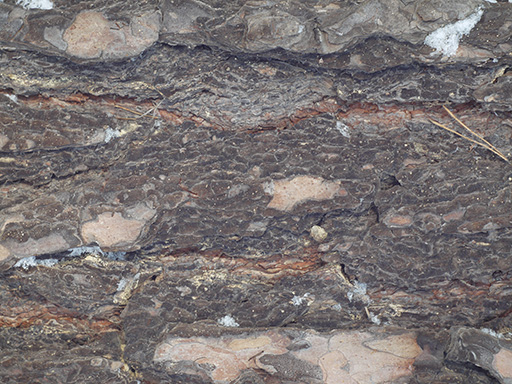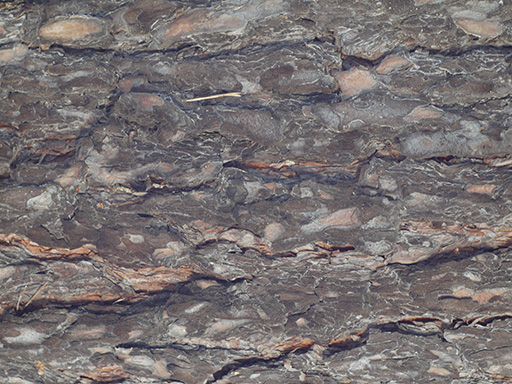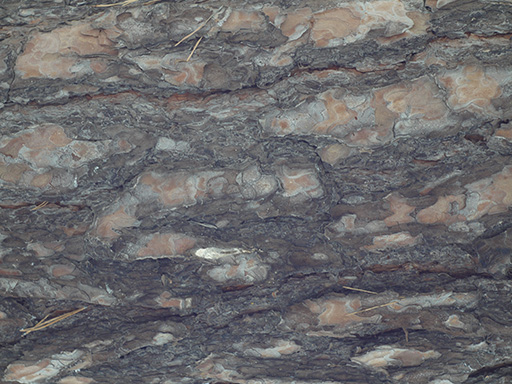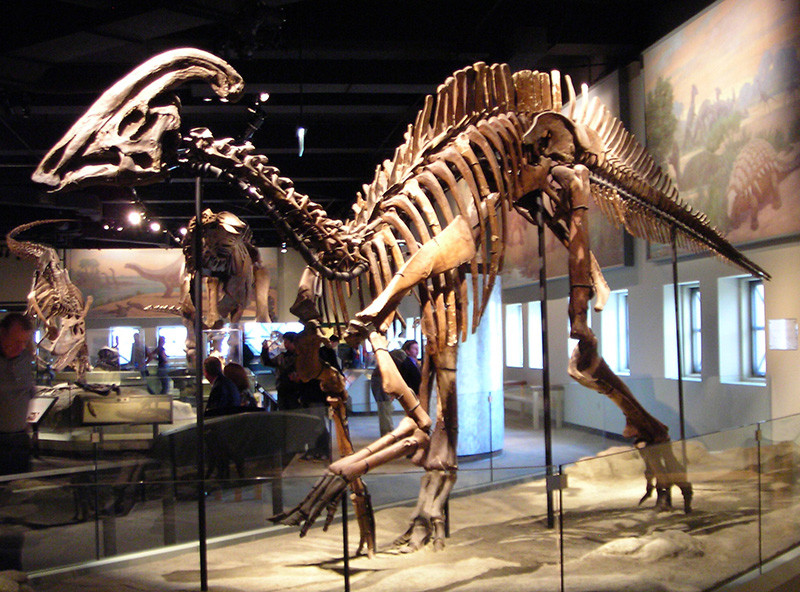
Among hadrosaurid dinosaurs, living on Earth in Mesozoic era, were Parasaurolophus – large herbivore animals 9.5 m in length and with 2.5 tons mass, which lived in areas, which currently form North America, in late Cretaceous period 76.5 – 66 millions of years ago. Their name means “before” or “near” “saurolophus” – another hadrosaurid dinosaur, and tells about their close relationship. Their notable feature is the crest, growing from the back of the head and reaching 90 cm in length; it was used for many purposes : loud sounds generation ( in support of this its hollowness speak, as well as adult’s animals brain orientation on hearing of high-pitch sounds, which their juveniles with smaller crests were producing ), thermoregulation ( crest was full of blood vessels and helped to warm up on Sun and cool in the shadow ) and gender and species identification. Parasaurolophus were able to move on 4 and 2 legs, probably, they ate grass on 4 legs and ran on 2 of them. They had large and strong bones, which helped them to carry large body mass and stay on 2 legs to reach high trees’ branches with large and juicy leafs.
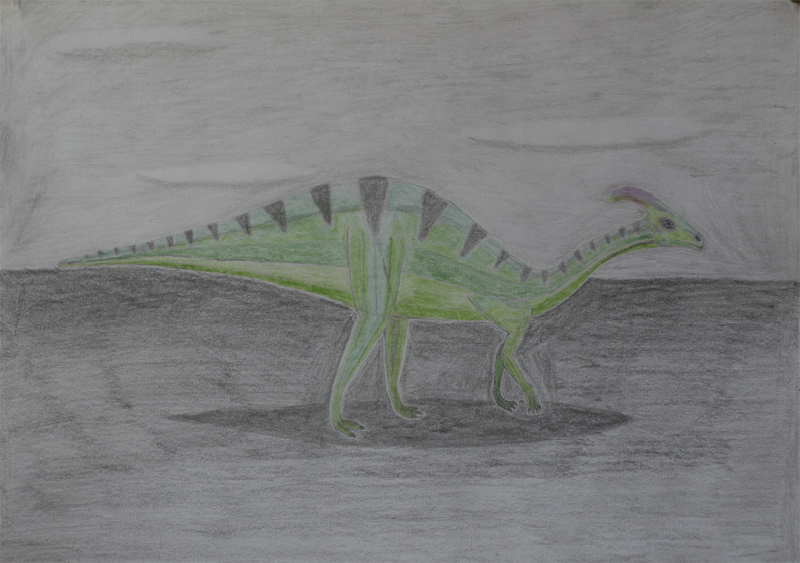
Jaws of Parasaurolophus resembled beak of a duck; in a mouth they had lots of teeth, oriented for plants chewing and constantly replacing each other, as they wear off; between jaws there was semblance of checks, which helped to keep food in the mouth. Dinosaurs’ skin had scales of middle size without large formations; no complete skeletons of Parasaurolophus were found, only partially preserved on territory of USA, Canada and Mexico. Among their natural enemies there were large carnivore dinosaurs of that time, from which they protected themselves by living in large herds, signaling each other in case of danger and by fast running. First bones of this dinosaurs species were found in 1920 in Alberta, Canada, by scientists group from Toronto University; species was first described by William Parks in 1922.

